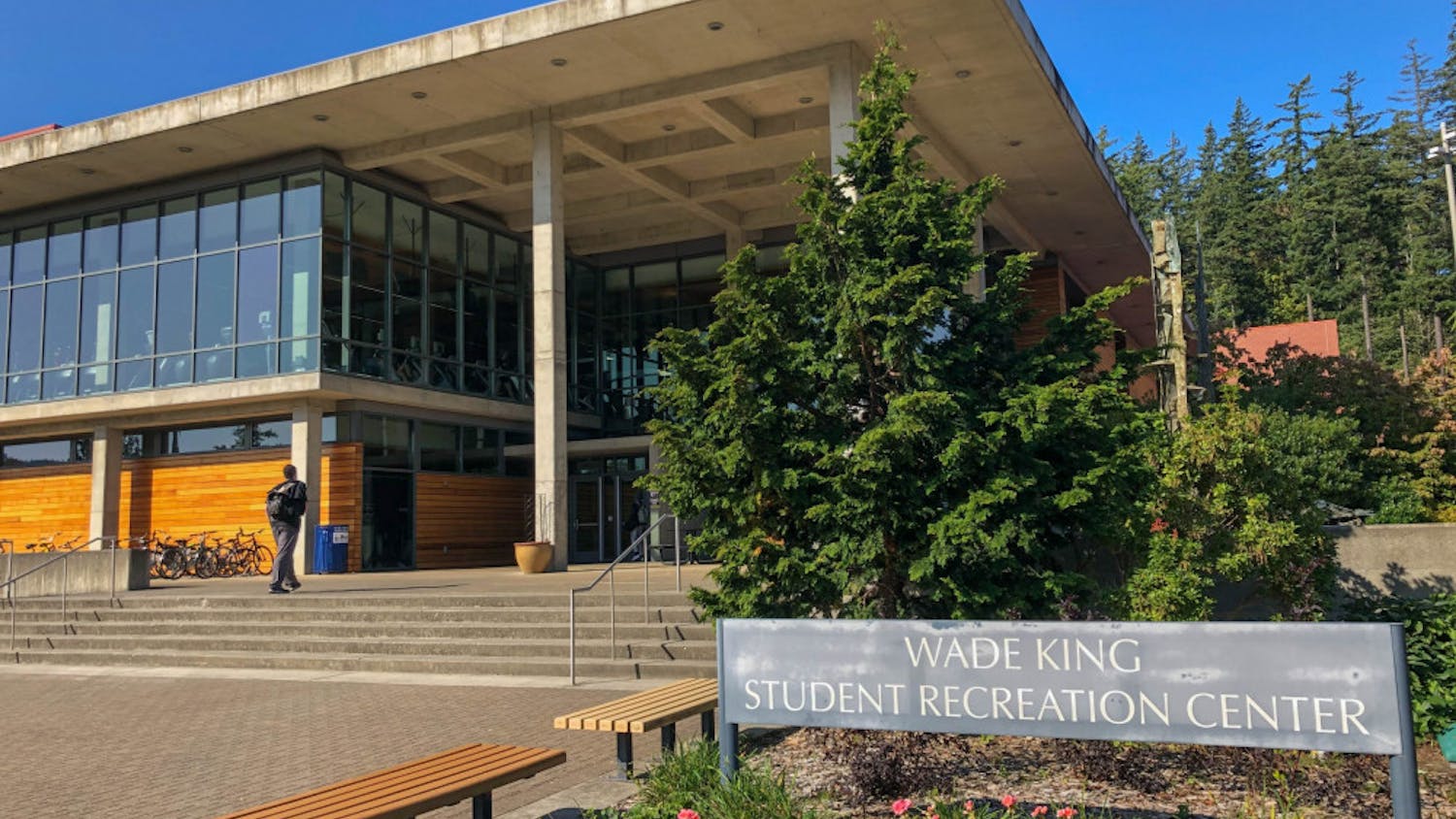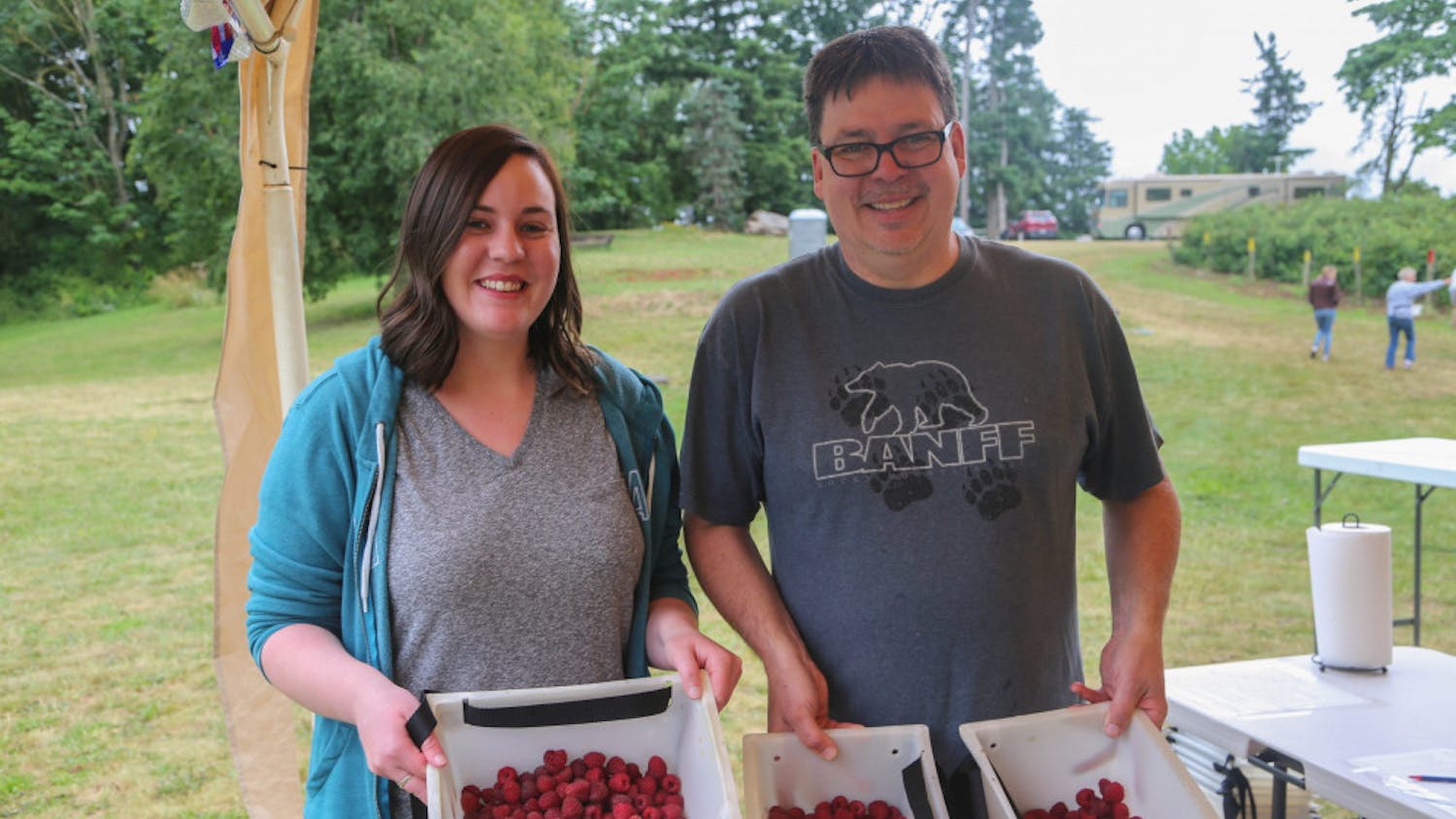By: Emily Mueller
 If you have ever been curious about American Sign Language, Western’s ASL club could be for you.
The club was created several years ago in response to the fact that Western does not offer any ASL classes, said senior Alexander Ronsse-Tucherov, coleader of the club. Ronsse-Tucherov thinks this is what makes the club so important.
“The big, pressing issue is that, when it comes to a practicing ASL community on campus, we’re kind of it. There isn’t one community of deaf students, or one community of signing students at Western or any official recognition aside from us, as far as I’m aware.”
The club provides a space for members to learn and practice. All skill levels are welcome. Even if you have never signed before, members will help you learn.
“We try to teach enough of the basics and fundamentals that we can start having a conversation, or provide the seed that would allow somebody to learn more in another class or directly communicating with people in the deaf community,” Ronsse-Tucherov said.
The club also brings awareness to deaf culture in America, including how deaf people culturally act, speak and behave. Members can also notify others of any local events they hear about, Ronsse-Tucherov said.
Bellingham resident Jezzi Reynolds heard about the meeting through friends and her sisters, who are recent Western graduates. She attends the meetings to keep up on her signing.
“In our family, we sign a lot with my dad. My dad is hard of hearing. So we started signing through that and from a young age. I’m not fluent, but I really want to practice more and to teach sign language as well. Just in a very basic way, teach about sign language and about the culture and the deaf community.”
Reynolds also likes that she is able to learn about other people and their connection to sign language through the club. She said that through the club she has been able to talk to someone with a cochlear implant about their upbringing and connection to the deaf community. She has also been able to talk to someone from the east coast, who had a different sign language dialect, Reynolds said.
Reynolds spoke as she signed, demonstrating possible differences in dialect by signing at chest level, and then above her head.
“Our saying is always to become flexible, because the signs can be really close but just a little bit different,” Reynolds said. “It’s something you might still be able to recognize, but you really have to be okay with that change as well, because it just varies. Signs can change over time as well.”
Reynolds hopes lack of experience won’t stop people from giving signing a shot.
“Even if they don’t know any sign language, feel free to come, because we’re more than happy to teach and share what we know,” she said.
The ASL club can be found at https://orgsync.com/50155/chapter.
If you have ever been curious about American Sign Language, Western’s ASL club could be for you.
The club was created several years ago in response to the fact that Western does not offer any ASL classes, said senior Alexander Ronsse-Tucherov, coleader of the club. Ronsse-Tucherov thinks this is what makes the club so important.
“The big, pressing issue is that, when it comes to a practicing ASL community on campus, we’re kind of it. There isn’t one community of deaf students, or one community of signing students at Western or any official recognition aside from us, as far as I’m aware.”
The club provides a space for members to learn and practice. All skill levels are welcome. Even if you have never signed before, members will help you learn.
“We try to teach enough of the basics and fundamentals that we can start having a conversation, or provide the seed that would allow somebody to learn more in another class or directly communicating with people in the deaf community,” Ronsse-Tucherov said.
The club also brings awareness to deaf culture in America, including how deaf people culturally act, speak and behave. Members can also notify others of any local events they hear about, Ronsse-Tucherov said.
Bellingham resident Jezzi Reynolds heard about the meeting through friends and her sisters, who are recent Western graduates. She attends the meetings to keep up on her signing.
“In our family, we sign a lot with my dad. My dad is hard of hearing. So we started signing through that and from a young age. I’m not fluent, but I really want to practice more and to teach sign language as well. Just in a very basic way, teach about sign language and about the culture and the deaf community.”
Reynolds also likes that she is able to learn about other people and their connection to sign language through the club. She said that through the club she has been able to talk to someone with a cochlear implant about their upbringing and connection to the deaf community. She has also been able to talk to someone from the east coast, who had a different sign language dialect, Reynolds said.
Reynolds spoke as she signed, demonstrating possible differences in dialect by signing at chest level, and then above her head.
“Our saying is always to become flexible, because the signs can be really close but just a little bit different,” Reynolds said. “It’s something you might still be able to recognize, but you really have to be okay with that change as well, because it just varies. Signs can change over time as well.”
Reynolds hopes lack of experience won’t stop people from giving signing a shot.
“Even if they don’t know any sign language, feel free to come, because we’re more than happy to teach and share what we know,” she said.
The ASL club can be found at https://orgsync.com/50155/chapter.





